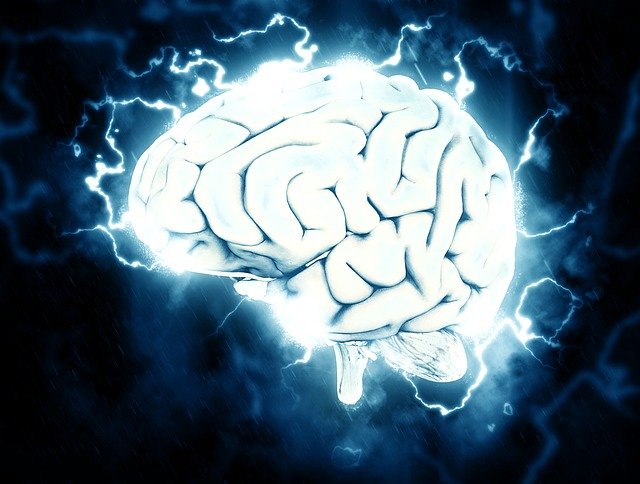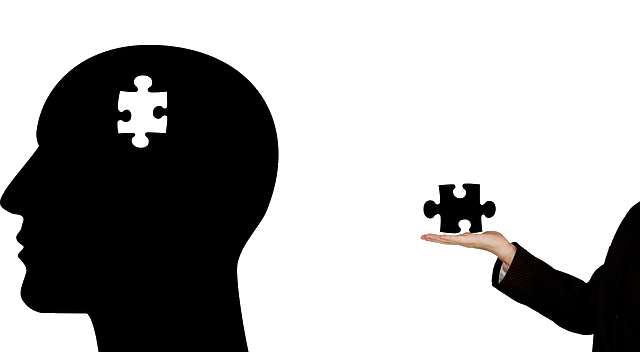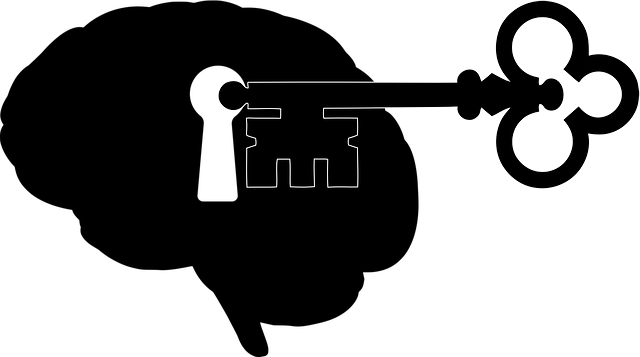Are you really just a brain?

Are you really just a brain?
 he nature of the relationship between the mind and the body has been hotly debated throughout history. Can all that is you be explained by examining the body you inhabit.
he nature of the relationship between the mind and the body has been hotly debated throughout history. Can all that is you be explained by examining the body you inhabit.
The question originated pre-Aristotle and reoccurred later in the 17th century when the famous Rene Descartes concluded that the mind and body were separate entities. This is known as dualism and is the beginning of one of the biggest questions in psychology. How does an immaterial mind interact with a physical material body? Advances in neuroscience have related regions of brain activity with many experiential functions. However many conditions of the human experience such as emotions, creativity and intellect remain difficult to measure scientifically and link empirically to the physical body.
How does an immaterial mind interact with a physical body?
Early philosophers such as Plato, Pythagoras and Aristotle spoke of Dualism by speaking about soul, intellect and form. Plato believed forms are made of an ephemeral true substances and bodies are an imperfect copy of these substances. Pythagoreans believed that body and soul functioned together, and a healthy body required a healthy psyche. He coined the term “you are what you eat”. Aristotle argued that intellect must be immaterial because if it were material it would restrict its range to only physical things. He argued however that we can think of any kind of material object. Therefore the belief in those times were that intellect be the substance of mind and that it is separate from matter, but discussions of how they communicated were neglected.

The issue of how the mind and body interacted became prominent when Rene Descartes concluded that the body was mechanistic in nature and humans have a conscious immaterial mind that cannot be located anywhere. He said the mind is closely related to the body but sought a place where the mind exerted its influence on the body.
The problem can be summarised as such:
(a) The mind is a nonphysical thing
(b) The body is a physical thing
(c) The mind and the body interact
(d) Physical and nonphysical things cannot interact.
For the problem to be resolved one of the propositions needs to be changed.
Thomas Hobbes denied the existence of an immaterial mind completely and concluded, all that exists is matter and motion. This made him a physical monist and materialist. He reasoned that external bodies stimulate the sense receptors and all mental phenomena could be explained by these sense experiences.
Double aspectism postulates a person cannot be divided into a mind and a body but is a unity that simultaneously experiences events physiologically and mentally. Just as heads and tails are two aspects of a coin. Double aspectism is a philosophy similar to psychoanalytic thinking in claiming that the physical and mental are aspects of the same reality.
Parallelism postulates that the environment causes both mental events and bodily responses simultaneously, yet the two are totally independent of each other. It differs from double aspectism in that it calls for some kind of intervention by a third party such as divine or pre-established order. Gustav Fechner’s double aspectism view lead to his theory on just noticeable difference which was able to show that it was possible to measure mental events and relate them to the physical.
Functionalism theorises that mental states correspond to a functional role. Since mental states are identified only by function or role, they can be applied to multiple levels of systems. Mental states can be defined by causal relation to further mental states. Recognising that mental particulars could be physical in nature enables functionalism a tolerance for a materialist solution to the mind-body problem.
The modern multidisciplinary field of cognitive science embraces philosophy, psychology, artificial intelligence, neuroscience, linguistics and anthropology. It assumes the existence of mental events but expands to include perception, memory, environment, information encoding and mental imagery. The aim is to describe consciousness more completely. However the study of consciousness endures the same problem of explaining introspective “what is it like for me” aspects of experience and relating them to the physical physiology completely.

Consciousness is everything we are aware of at any one time. This includes phenomena rooted in a context of space and time which is fundamentally a subjective creation. Our conceptualizations of the brain versus the physical processes that give rise to consciousness belong to and unfold in different dimensions. There is no fundamental difference between what we imagine or think about and what we see or otherwise perceive in the world outside.
Our faith in our tremendous scientific advances has lead us to believe we are purely biological information processors and that the electrical pulses in our brain and nervous system encompasses all the we are. Futurists envision science taking us out of our body and into robots or downloaded brains on to a computer for eternal life. But how much would we leave behind and what would it mean?
images sourced from pixabay; CC0 Creative Commons
I believe that the mind is 100% physical and dependent on the brain. But we don't like to face this truth.
You got a 18.26% upvote from @ptbot courtesy of @discernente!
Delegate STEEM POWER and start earning 100% daily payouts ( no commission ).
Visit https://ptbot.ga for details.
I believe that even what many people describe as immaterial soul/mind is in fact the result of a trillion neurons triggering each other, with diverse strengths. Take two persons; even a small difference in how their brain neurons connect to each other and how they trigger each other might produce a different way of thinking and a different behavior. At least that's what my (mathematical) gut feeling tells me!
All that remains is to find the way to accurately map all the neurons and connections, try to replicate it and see what happens...
Congratulations @xist! You have completed the following achievement on the Steem blockchain and have been rewarded with new badge(s) :
Click on the badge to view your Board of Honor.
If you no longer want to receive notifications, reply to this comment with the word
STOPDo not miss the last post from @steemitboard:
Congratulations @xist! You have completed the following achievement on the Steem blockchain and have been rewarded with new badge(s) :
Click on the badge to view your Board of Honor.
If you no longer want to receive notifications, reply to this comment with the word
STOPDo not miss the last post from @steemitboard:
Hello @xist, thank you for sharing this creative work! We just stopped by to say that you've been upvoted by the @creativecrypto magazine. The Creative Crypto is all about art on the blockchain and learning from creatives like you. Looking forward to crossing paths again soon. Steem on!